
Every clinician for himself? This school of thought is slowly, but surely replaced, as the benefits of interdisciplinary work become obvious. As a result, radiologists, pathologists and geneticists increasingly explore the synergies of their respective fields. Notably, AI is acting as a catalyst to bring together what always seemed to belong together in the first place. So, is it all joining hands and sunshine from here on out? Not quite – keep reading to find out about the challenges in connecting the clinical fields, the role of new techniques and technologies, and novel research insights. Enjoy!

Article • Interdisciplinary diagnostics
Crossing the radiology-pathology boundary
In diagnostics, there used to be a hard divide between radiology and pathology, where methods were largely considered incompatible with one another. However, to pave the way for next-generation diagnosis, Professor Regina Beets-Tan urged both sides ...
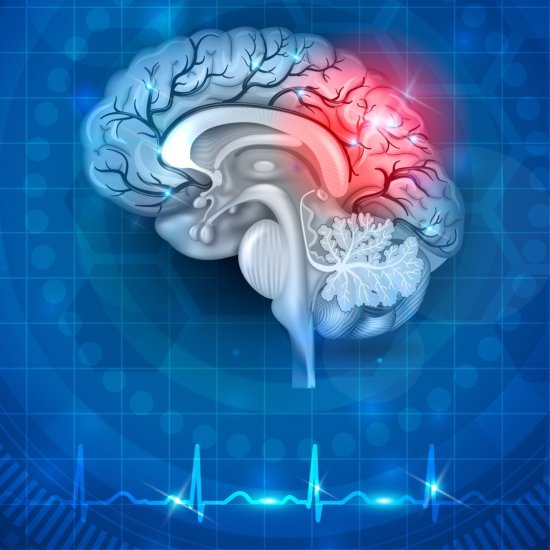 |
News • Large language models in neurologyChatbot-like AI tool to locate brain damage after strokeCould a chatbot-like AI tool locate brain damage after a stroke? In a new study, large language model GPT-4 processed text from health histories and neurologic examinations to locate brain lesions. |
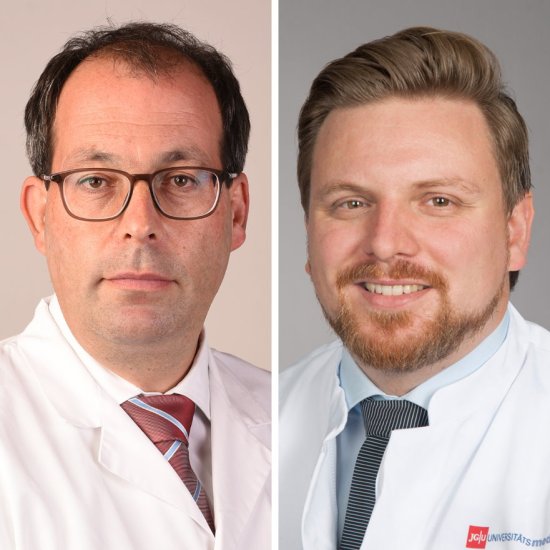 |
Article • Photon-counting CT, strain imaging, 4D flow MRIHow new technologies shape the future of cardiovascular radiologyNew approaches to cardiovascular radiology are evolving to help clinicians gain an increasingly better insight into heart conditions. Latest developments in cardiovascular radiology include myocardial strain imaging, 4D flow and photon-counting CT ... |
 |
News • Tissue analysis tool'Smart scalpel' to help remove brain tumoursResearchers have developed the 'iKnife', a smart scalpel that is able to recognise healthy tissue from brain tumour in seconds as it cuts, with more than 98% accuracy. |
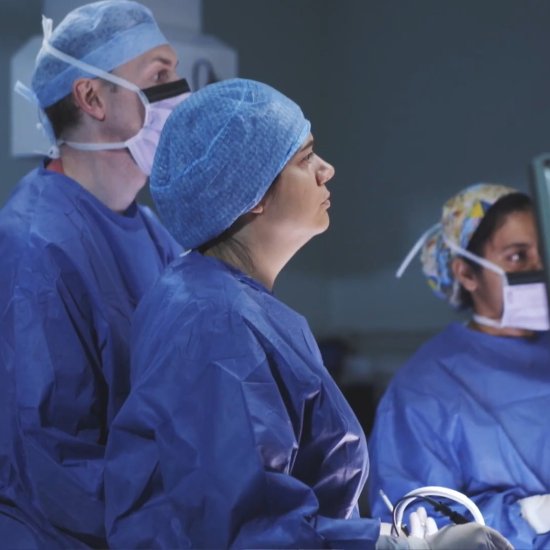 |
News • Technique comparison studyOesophageal cancer: standard or keyhole surgery?When treating oesophageal cancer, surgeons may have a preference towards either open surgery or keyhole techniques. Now, a study explored superiority of one over the other in terms of recovery time and complications. |
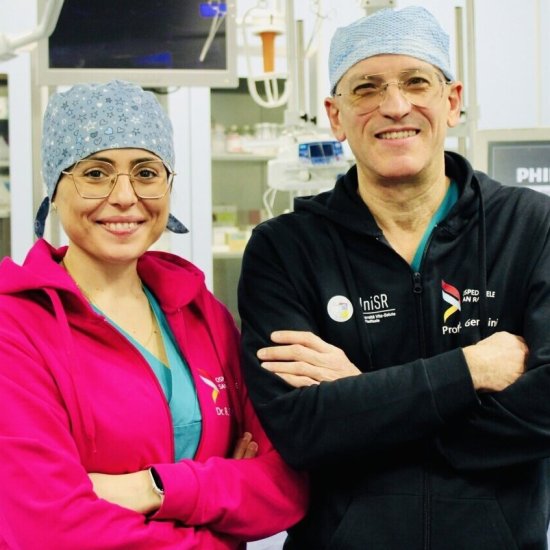 |
News • Promising studyPre-operative PET-MRI to improve breast cancer treatmentA combination of PET and MR imaging could help doctors spot signs that breast cancer is beginning to spread in a patient. This insight can then be used to adapt treatment strategies. |
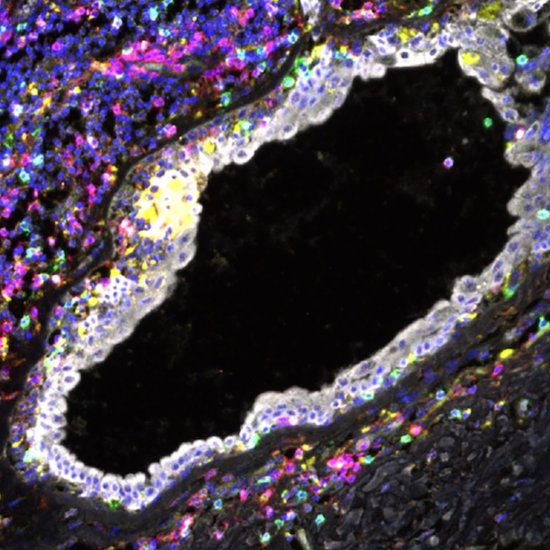 |
News • BRCA1 and BRCA2 malfunctionsTargeting 'exhausted' immune cells to prevent breast cancerA study found immune cells in breast tissue of healthy women carrying BRCA1 or BRCA2 gene mutations show signs of ‘exhaustion’. This opens new possibilities for cancer prevention. |
 |
News • Medication-related procedure complicationsWeight loss drugs may increase endoscopy riskPopular medications like Ozempic and Wegovy that are used to treat diabetes and obesity are associated with an increased risk of aspiration pneumonia following endoscopy, a new study finds. |
 |
News • Inflammatory flareup detectionCrohn's disease: Implantable sensor could lead to timelier treatmentA team of Northwestern University scientists has developed the first wireless, implantable temperature sensor to detect inflammatory flareups in patients with Crohn’s disease. |
 |
News • Potential for screening and treatmentsStudy links bacteria subtype to colorectal cancer growthA specific subtype of a microbe commonly found in the mouth has been identified that is able to travel to the gut and grow within colorectal cancer tumors, driving cancer progression. |
You are receiving this email because you subscribed to our newsletter on healthcare-in-europe If you don’t want to receive this newsletter anymore, click here to unsubscribe. Keep up-to-date on the latest news from all hospital-related fields! Copyright © 2025 mgo fachverlage GmbH & Co. KG. E.-C.-Baumann-Straße 5, 95326 Kulmbach, Germany |